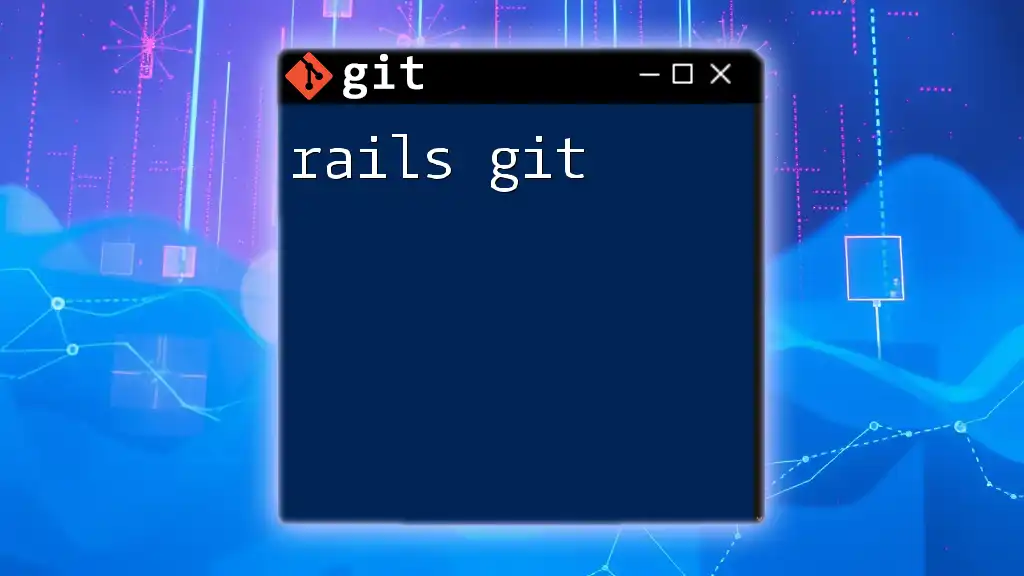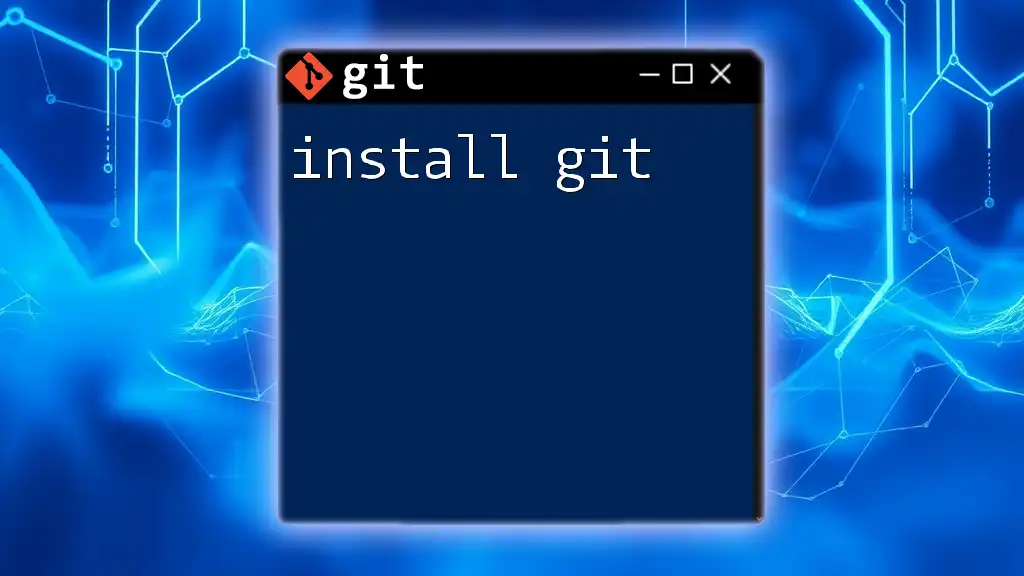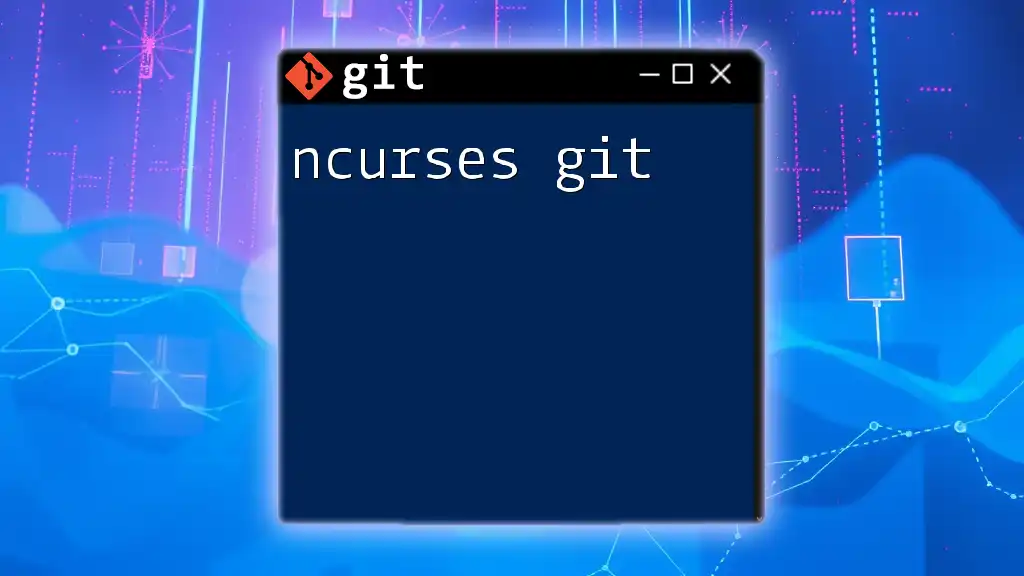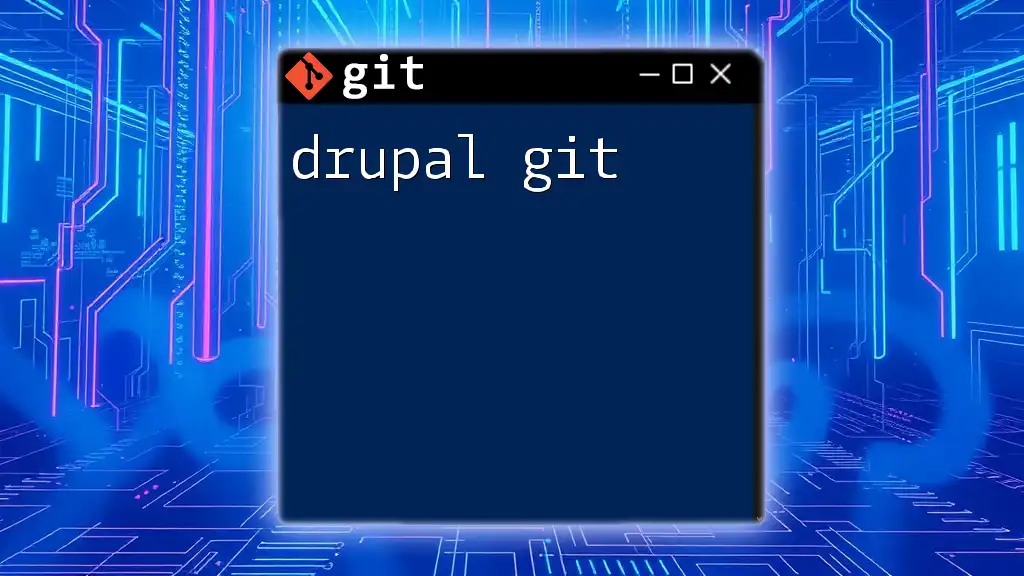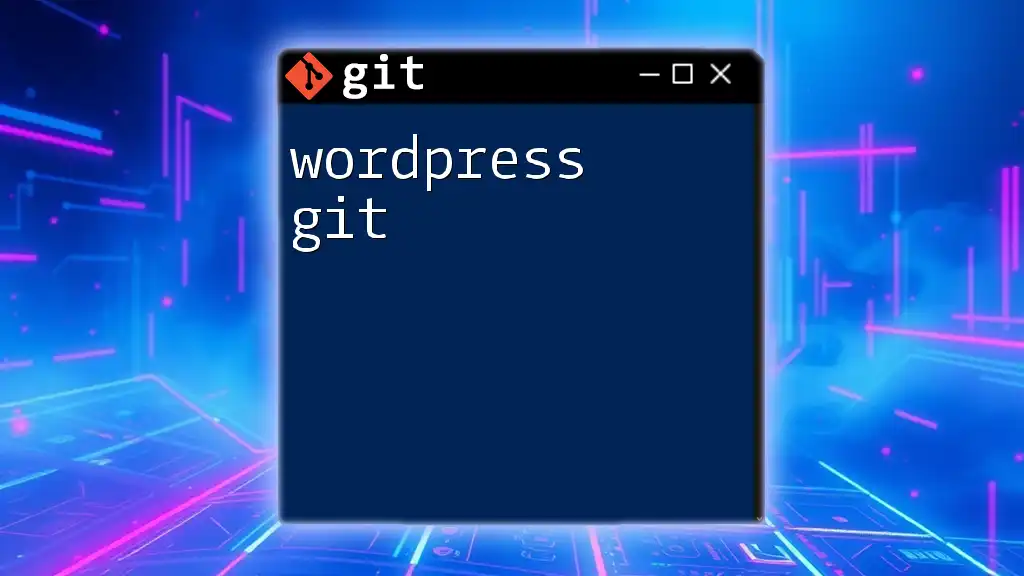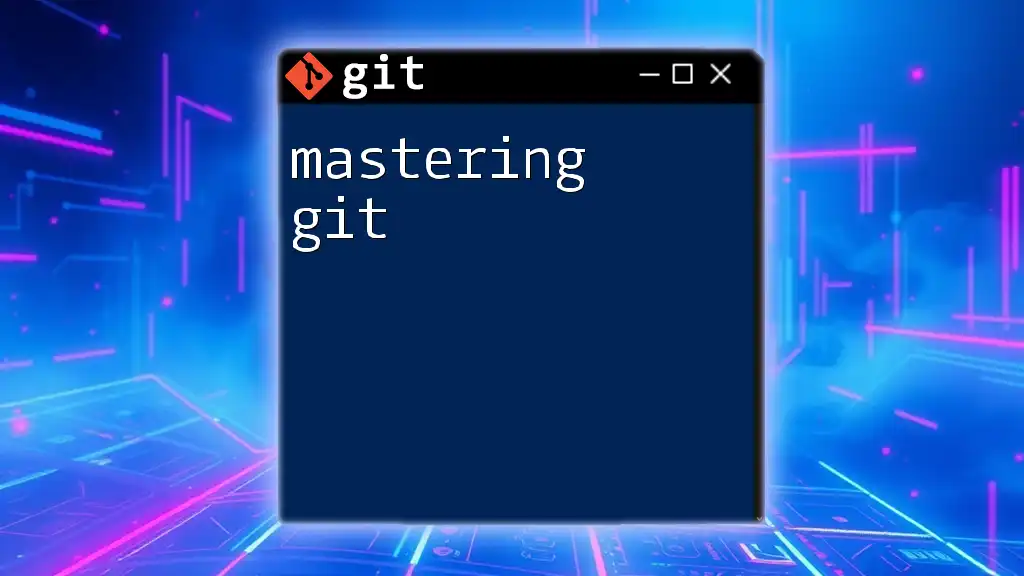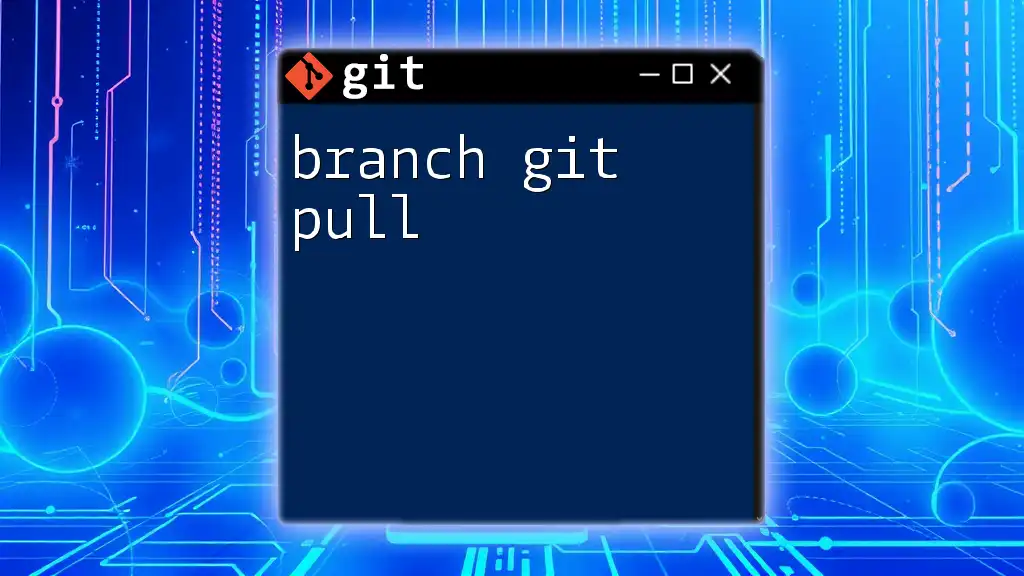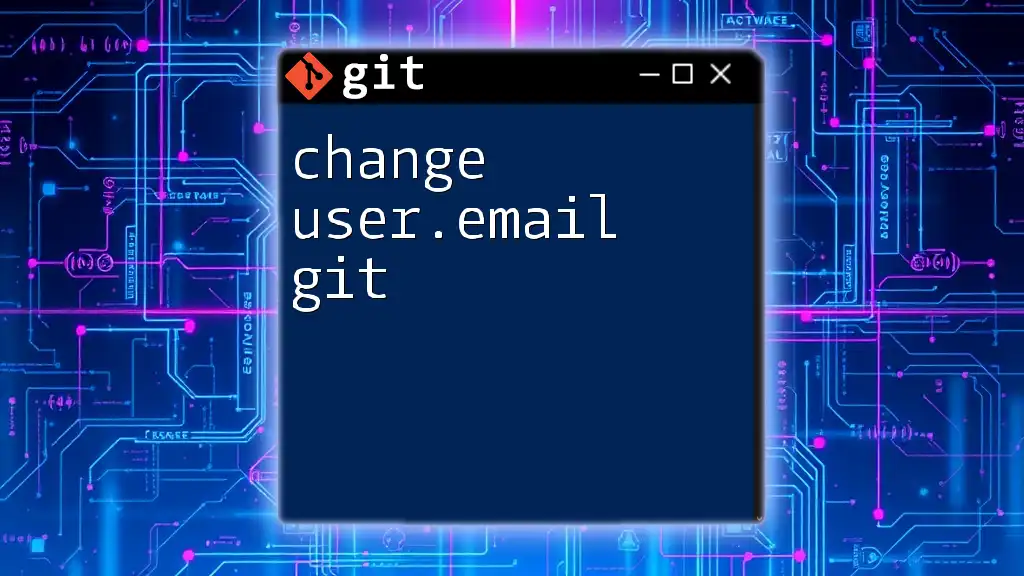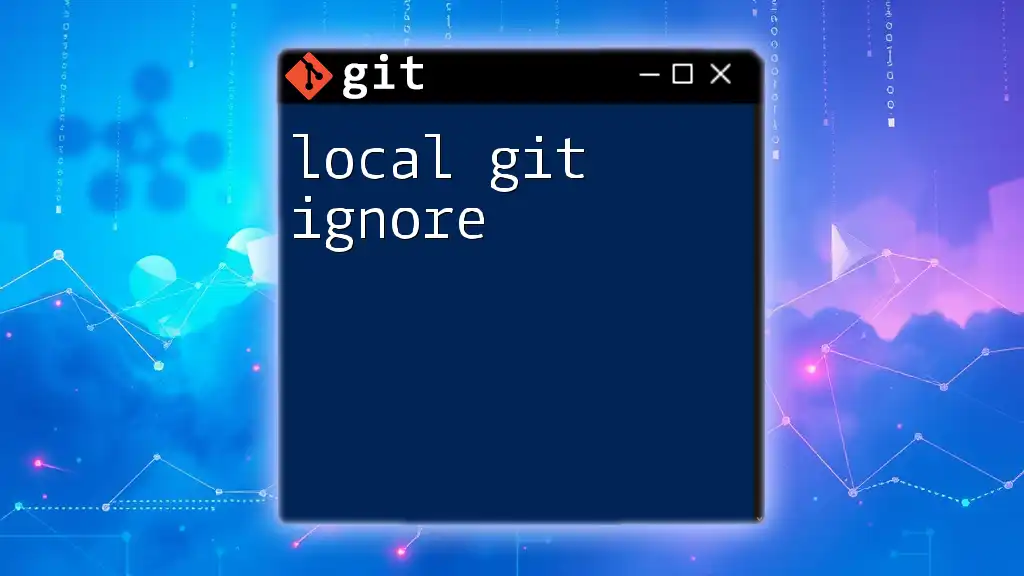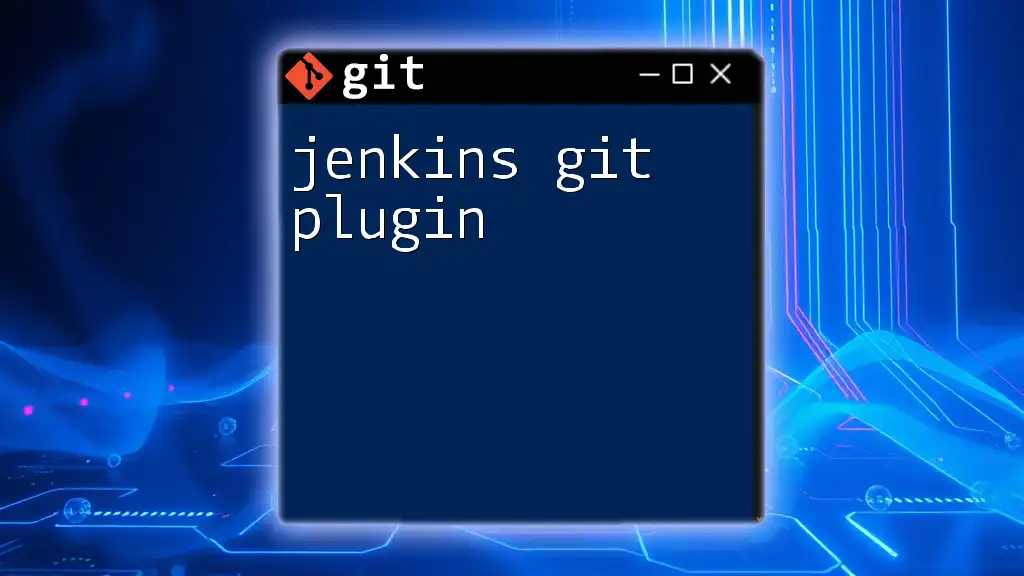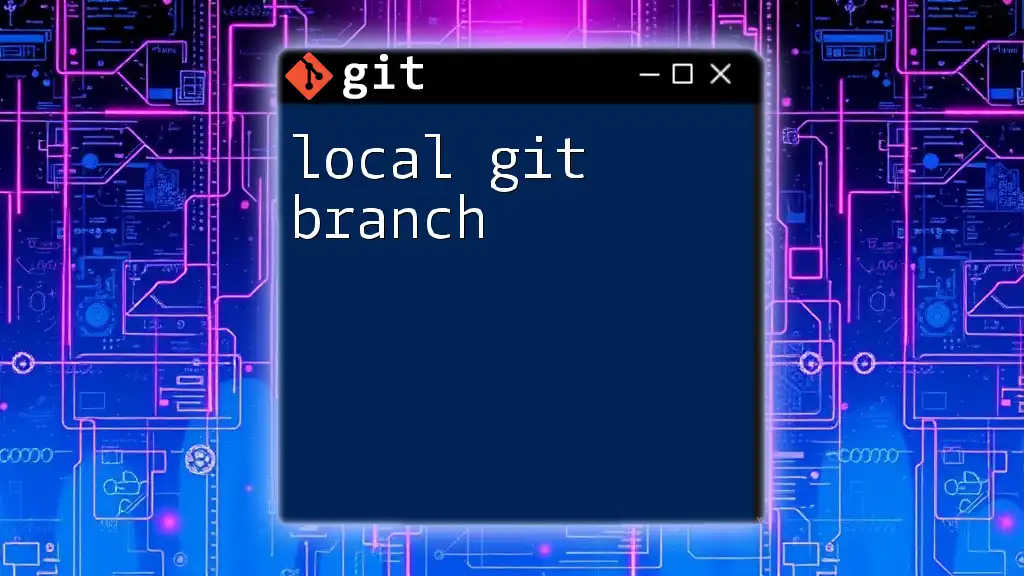"Rails Git" refers to the integration of Git version control within Ruby on Rails projects to effectively manage code changes and collaboration.
Here's an example of a common Git command used in a Rails project:
git commit -m "Add new feature to the user authentication system"
Overview of Ruby on Rails
Ruby on Rails, commonly referred to as Rails, is a powerful web application framework written in Ruby. It emphasizes convention over configuration and allows for rapid application development. Utilizing Rails streamlines the development process, enabling developers to build robust applications quickly.
Version control is essential in any software development lifecycle, allowing teams to collaborate seamlessly, track changes, and maintain the integrity of their codebase. Incorporating Git into your Rails workflow is crucial for efficient collaboration, especially in team settings.
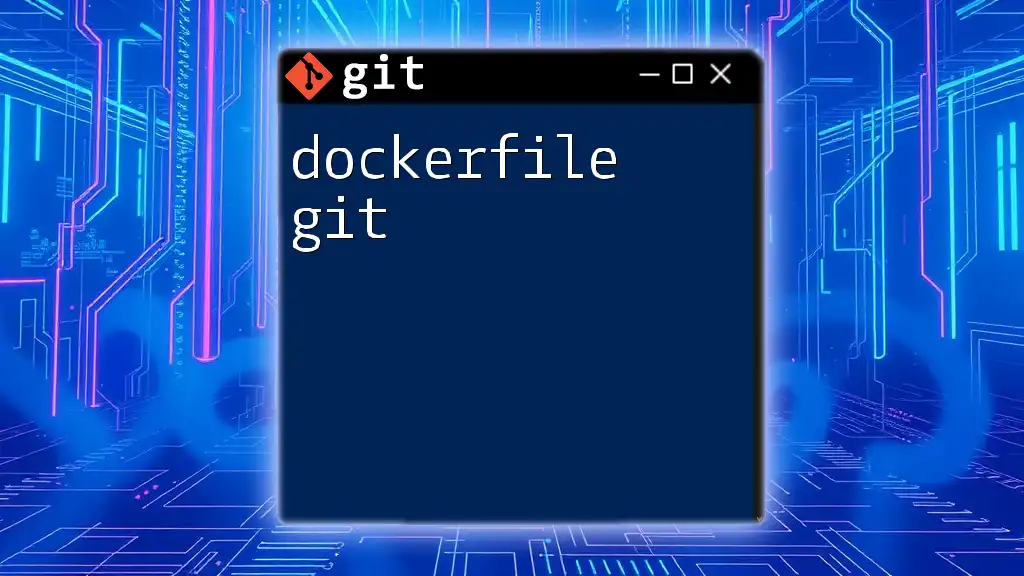
Why Use Git with Rails?
Utilizing Git alongside Rails offers numerous benefits that facilitate smoother and more productive development experiences. Here are some key reasons:
- Version Control: Git tracks changes, making it easy to revert to previous versions if necessary. This feature ensures your code remains stable throughout development.
- Collaboration: With Git, multiple developers can work on the same project simultaneously without stepping on each other's toes. Branching and merging systems within Git allow for clear separation of work.
- Backup: Hosting your code repository on platforms like GitHub provides an off-site backup, safeguarding against local data loss.
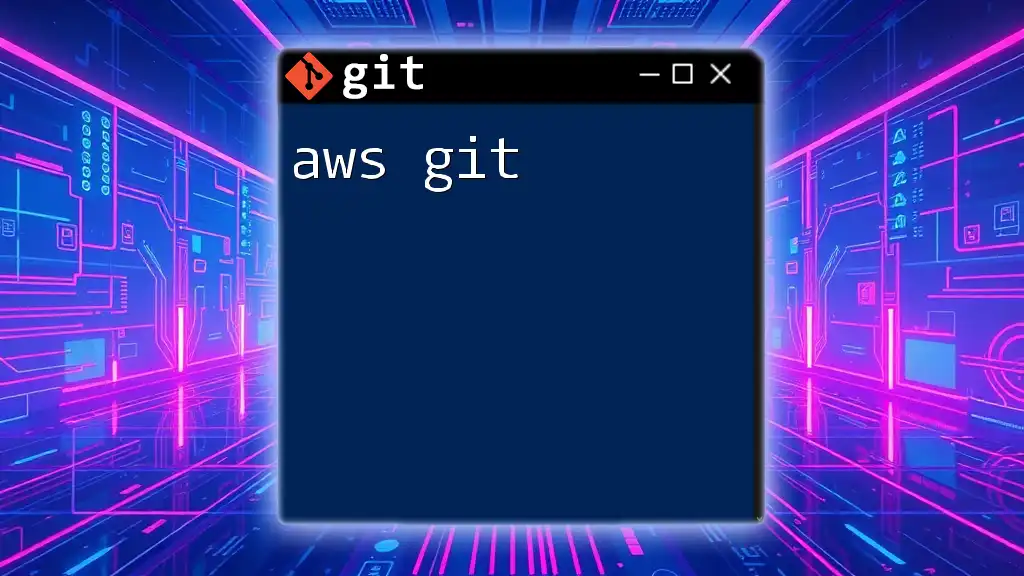
Setting Up Git for Your Rails Project
Initializing a New Rails Project
To get started with a new Rails application, you'll first need to create your app. Open your terminal and use the following command:
rails new my_app
This command generates a new Rails application named "my_app". Navigation to your newly created project directory is done using:
cd my_app
Initializing Git Repository
Once inside your Rails project, it’s time to initialize Git. This process transforms your directory into a Git repository.
Begin by running:
git init
With your repository initiated, the next step is creating a `.gitignore` file. This file tells Git which files or directories to ignore when tracking changes. In a Rails application, it’s essential to exclude files that shouldn’t be versioned, like logs and temporary files.
Here’s an example of what your `.gitignore` might look like:
/log/*
/tmp
/public/assets
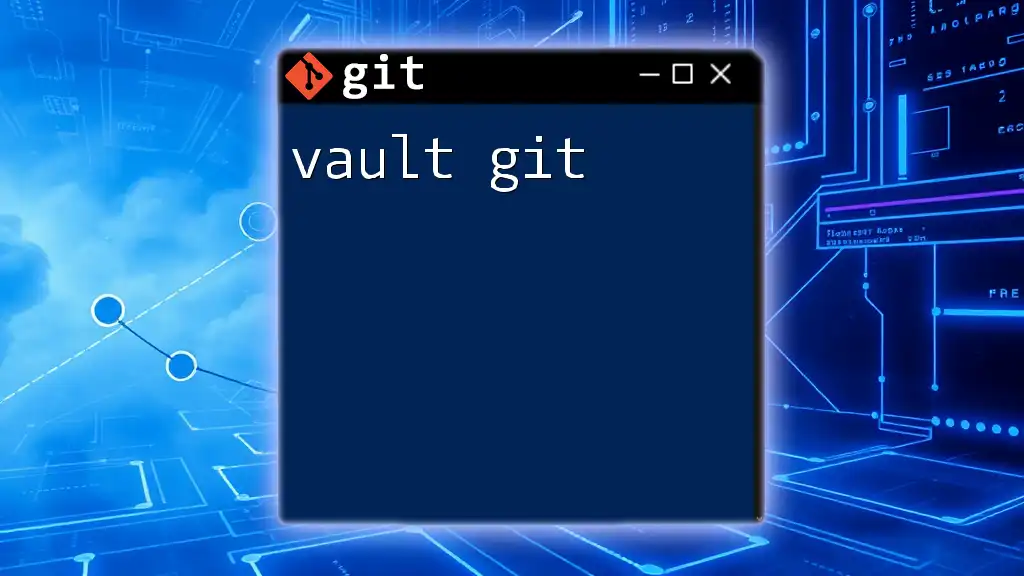
Common Git Commands for Rails Development
Adding and Committing Changes
As you work on your Rails application, your code will evolve. Git allows you to stage changes before committing them to your repository.
To stage all changes in your project, use:
git add .
Once you're satisfied with your staged changes, it’s time to commit them. Good commit messages improve project documentation and maintainability. A recommended command for committing your changes is:
git commit -m "Initial commit with Rails setup"
Viewing Git Status and History
Keeping track of your repository’s state is critical. Git provides a handy command to check your current status:
git status
This command reveals any changes staged for commit and any untracked files. To view your project’s history, use:
git log
This command displays a list of all commits in reverse chronological order, including commit messages and IDs, allowing you to trace your project’s progress.
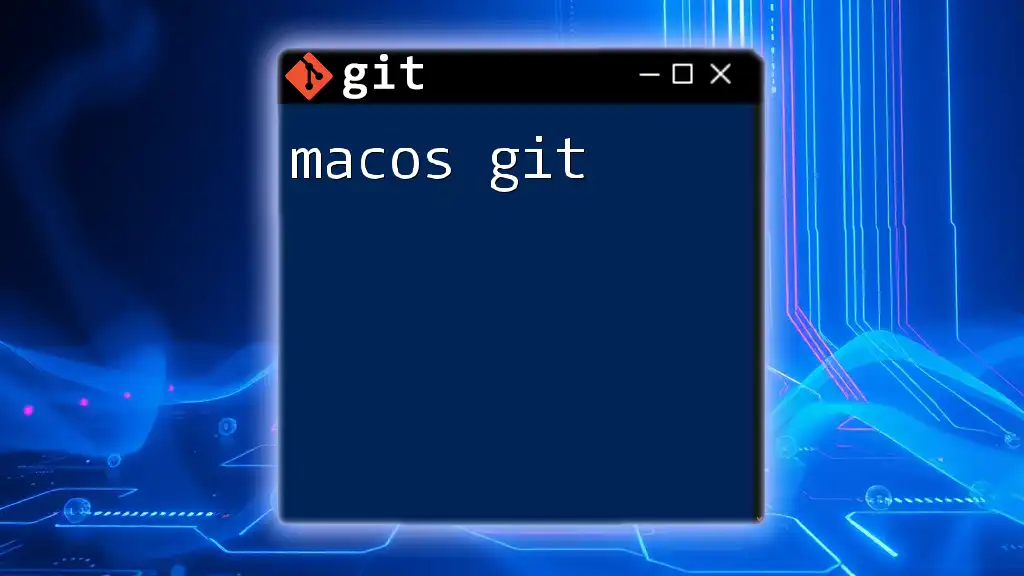
Branching and Merging in Rails Projects
Creating and Using Branches
Branching is a fundamental aspect of Git, enabling developers to work on features independently without affecting the main project. This practice not only enhances productivity but also maintains project stability.
To create a new branch for your feature, use the following command:
git branch feature-x
To switch to your new branch and start working, run:
git checkout feature-x
Merging Changes
After developing a feature on a branch, you’ll want to merge it back into the main branch. Ensure you’ve committed all changes in your feature branch before performing a merge. First, switch back to the main branch:
git checkout main
Then, execute the merge command:
git merge feature-x
This command integrates the changes from `feature-x` into the `main` branch.
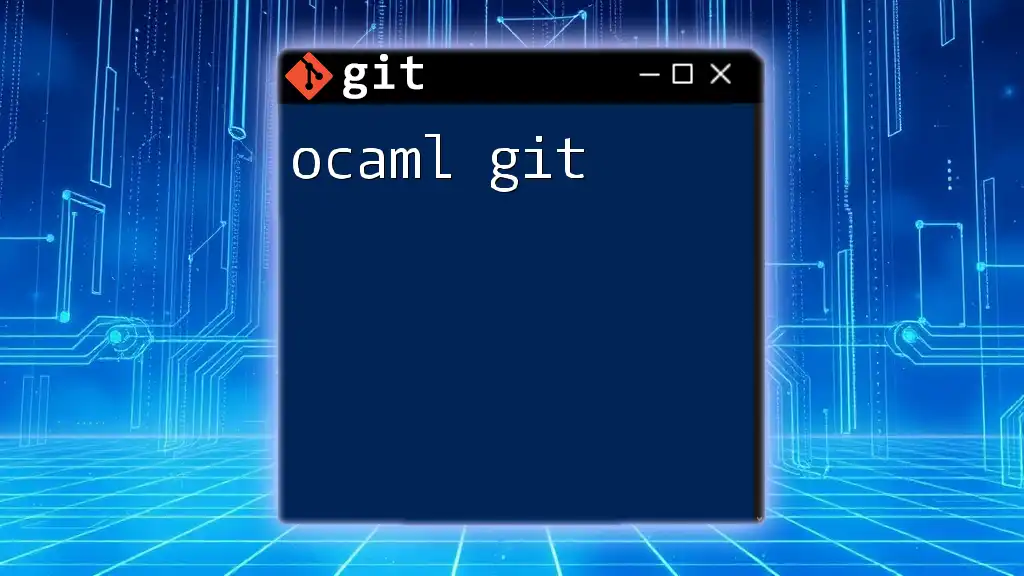
Collaborating with Others
Cloning a Rails Repository
If you need to work on a project created by someone else, you can clone their repository to your local machine. Cloning an existing GitHub repository can be done with:
git clone https://github.com/username/repo.git
This command creates a copy of the repository in your local environment, allowing you to develop features or fix bugs.
Pulling and Pushing Changes
To keep your local branch up-to-date with remote changes, use the pull command:
git pull origin main
This command fetches the latest changes from the remote repository and merges them into your current branch. When you make changes to your local repository and want to share them, use the pushing command:
git push origin main
This command uploads your local commits to the main branch of the remote repository.
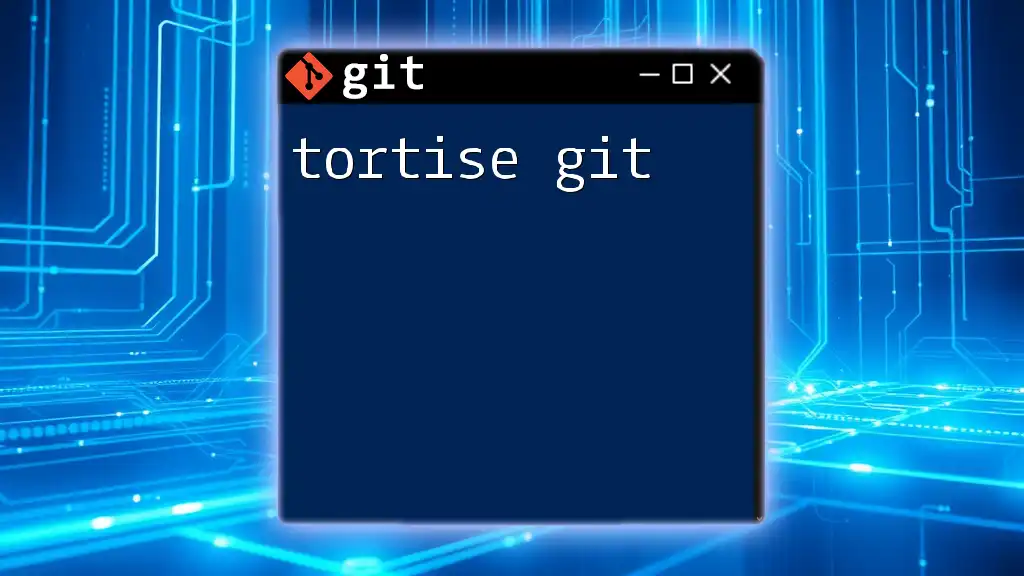
Handling Merge Conflicts
Understanding Merge Conflicts
Merge conflicts occur when two branches have competing changes in the same file, making it difficult for Git to automatically merge them. Understanding how to handle these conflicts is essential for maintaining a healthy codebase.
Resolving Conflicts in Rails
When a conflict arises, Git will mark the conflicting files in your project. Open these files and look for conflict markers (typically `<<<<<<<`, `=======`, and `>>>>>>>`). You will need to manually resolve the differences and keep the desired lines of code. After making your edits, stage the resolved files:
git add filename
Then commit the changes to finalize the resolution.
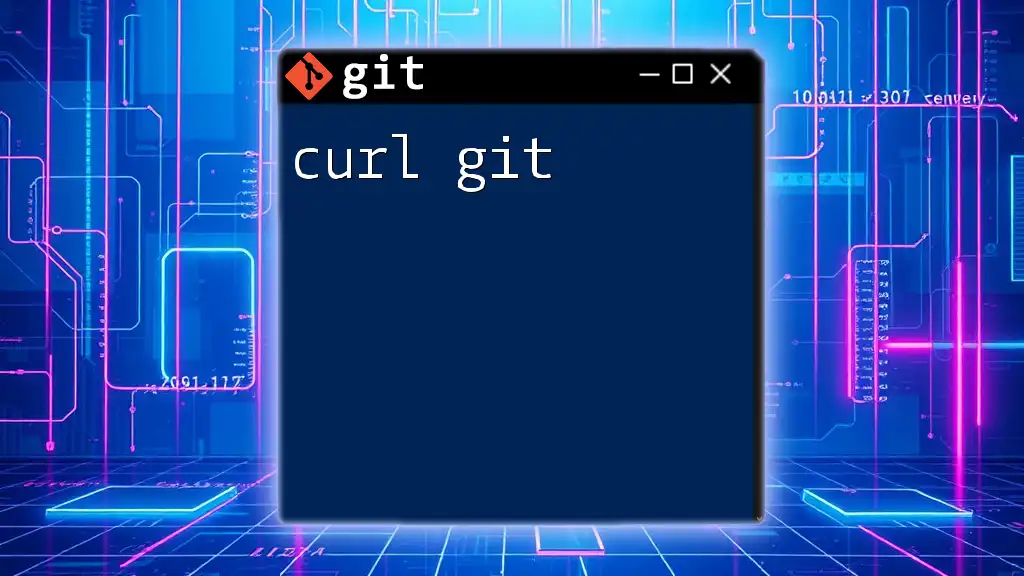
Best Practices for Using Git in Rails
Writing Effective Commit Messages
Good commit messages are indispensable for maintaining a clear project history. They should be concise yet informative, explaining the "what" and "why" of the changes. A typical format for a commit message includes:
- A short summary (less than 50 characters)
- A more detailed explanation if necessary
For instance:
Fix user login issue
Resolved a bug causing login failures on the user dashboard.
Using Tags for Releases
Tags in Git are useful for marking specific points in your repository’s history. They are commonly used to denote releases, making it easier to track project milestones. To create a tag, simply run:
git tag v1.0
Tags help you keep track of different versions of your Rails application, making it easier to manage releases.
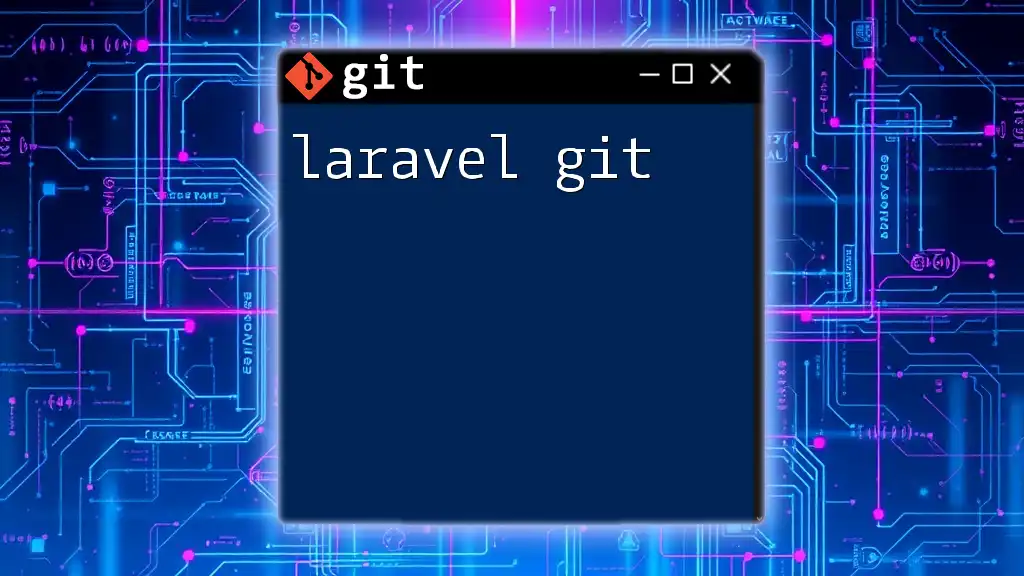
Conclusion
Mastering Git is an essential skill for any Rails developer. By understanding the foundational commands and processes, you can efficiently collaborate, manage versions of your codebase, and maintain a robust development workflow. Regular practice and continued learning will greatly enhance your proficiency and success in utilizing Rails Git for development.
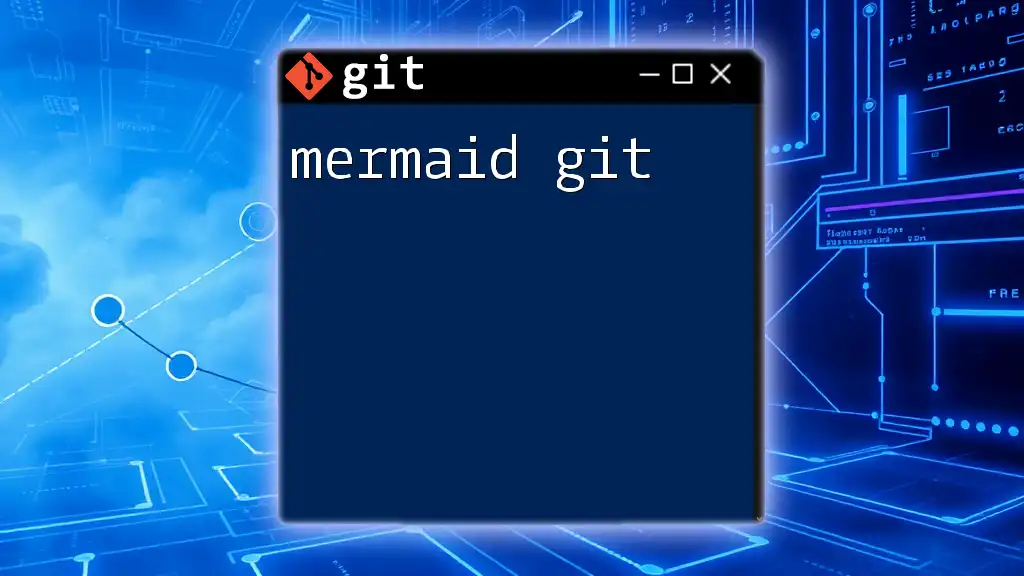
Call to Action
If you're eager to improve your Git skills and streamline your Rails development processes, consider joining our workshops and tutorials. Together, we can unlock the full potential of your coding endeavors!

